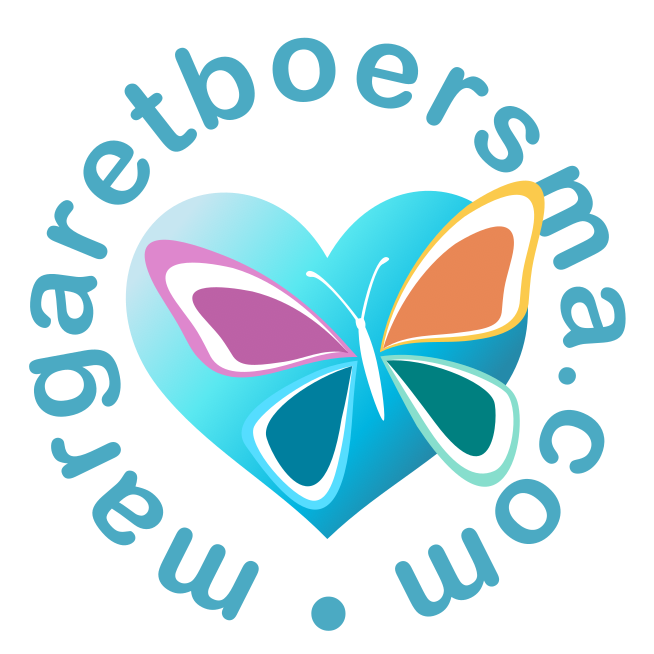Building Empathy for Disabled People
In this unit: game, choral reading, dance; Grades 2-adult
Resource: Poem: “I Have No Legs” (below)
Music Suggestion: Kaleidoscope 2 #13 Lake Louise-Magical by Soundtrack Performance Group
Materials: 7-8 different objects in total i.e. 6 beanbags, 6 badminton birdies, 6 ties, 6 bowls, 6 cups, 6 bread tags, 6 elastics, 6 plastic forks, 6 plastic spoons, 6 pencils, 6 paper plates
Inquiry Question: What do “disabled” people have in common with us?
Essential Questions: Student-generated e.g. What does “disabled” mean? Who is disabled? Do disabled people think the way we do?
CLASS ACTIVITY: BUILDING EMPATHY FOR THE DISABLED
For a class of 25, the following objects are needed for this activity: 6 beanbags, 6 badminton birdies, 6 ties, 6 bowls, 6 cups, 6 bread tags, 6 elastics, 6 plastic forks, 6 plastic spoons, 6 pencils, 6 paper plates (7-8 different objects in total)
Before the game, help students appreciate that to get the understanding from this activity, they need to follow the directions carefully.
This activity has several parts to it. Divide students into groups of 4 or 5, and place a group of common items in front of each group. Give a few minutes to become familiar with the items which include: badminton birdie, scarf, bowl, frizbee, cup, beanbag, etc. – 7 or 8 items.
Then, on a table in front, out of sight of the groups, arrange the items in a particular order. Each group sends up a leader to see the arrangement and then go back to their group to get them to replicate the order. The trick is that each time, the leaders have some kind of handicap. Also, for each activity – the design of the objects changes.
No pointing – just give verbal instructions – this is relatively easy, to get the students used to the idea of what is expected.
No talking – the leader can only point and make motions with his hands to get the students to put the objects in the correct place.
No sight – the group members have to close their eyes, and do it only by feel.
Yes/no answers only – the leader can only answer yes or no – the group members have to ask the questions. – This was by far the hardest – Questions have to be asked slowly and one at a time. There is potential for the leaders to feel frustrated.
Reflection in a circle: (teacher writes responses on chart paper)
What kinds of disabilities are there? (language barriers, cultural differences, being shy, not fitting in, not being able to read and write or explain your thinking…)
Are all disabilities obvious? Explain your thinking.
Explain how this activity helped you better understand what life might be like with some kind of disability?
Flip through the “Paralympic Sports Events” book to see handicapped Olympians doing different sports.
Note: The author of the above activity is not known.
CHORAL READING
“It’s not what’s missing. It’s what’s there.”
Keeping this quote in mind, read the following poem aloud.
I have no legs,
But I still have feelings,
I cannot see,
But I think all the time.
Although I’m deaf,
I still want to communicate
Why do people see me as useless,
Thoughtless, talkless,
When I am as capable as any,
For thoughts about our world.
Author Unknown
Choral Reading: Practice reading the poem using choral reading techniques such as experimenting with volume, solo voices and choral voices, pauses, echoes to emphasize thoughts, moods, tempo, monotone/with expression… (could use this as an introduction to the disabled dance)
How does this poem connect with the quote?
Revisit and discuss Inquiry Question and Essential Questions: What do “disabled” people have in common with us? (We all have feelings, thoughts, want to express ourselves and be understood.)
DANCE LESSON: “Empathy for the Disabled”
Minds-On Activity: The “Disabled” Dance:
In a circle, lead body warm-up.
Moving Handicapped: Stand in neutral. Walk About in neutral. Now walk favouring one leg. (one arm, leading with your nose, hip, shoulder). Observe interesting movements and have others try them (copy). Go back to neutral between each new movement. (could repeat the exercise using a tie as a sling or wrap)
Choose your favourite movement. Share with a partner.
Exploration:
Being Helpful: A does movement, B is helpful. Encourage students to give their weight to each other e.g. lean on them. Switch. Choose favourite. Share with the class (about ¼ of the class can share at once while others observe, watching for interesting movement vocabulary). The teacher records interesting movements for future use in dance.
Often disabled people can do things better than others. Why? (e.g. hearing becomes sharper when blind, they work very hard…)
Consolidation:
Choreography Ideas:
Start with video or slides from the Invictus Games, Paralympic Sports Events, Terry Fox, Rick Hanson, etc.
Part A: “Moving Handicapped”
Poem: is read (choral reading) during Part A. Part A dancers come across the stage and exit.
Part B: “Helpful Ideas” from the Minds On activity with partners.
Culminate with a narration/rap/poem created by the students.
Assemble these ideas, and others generated with students, to create a moving assembly piece with the purpose of educating and advocating for the disabled.

